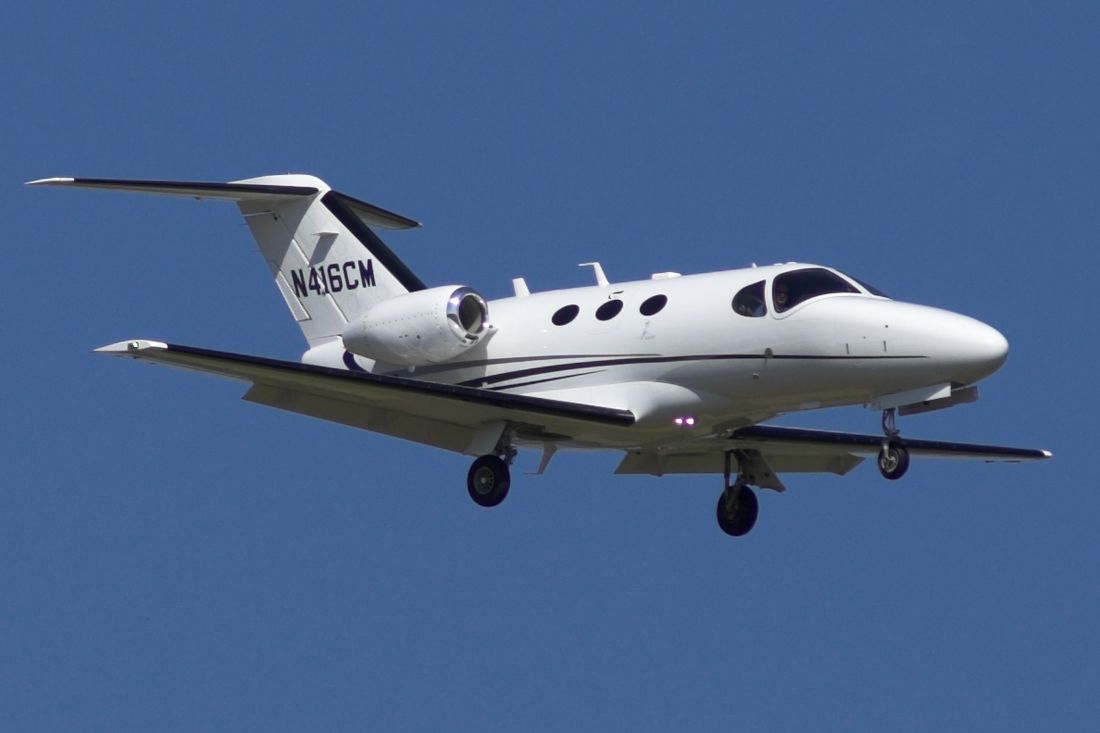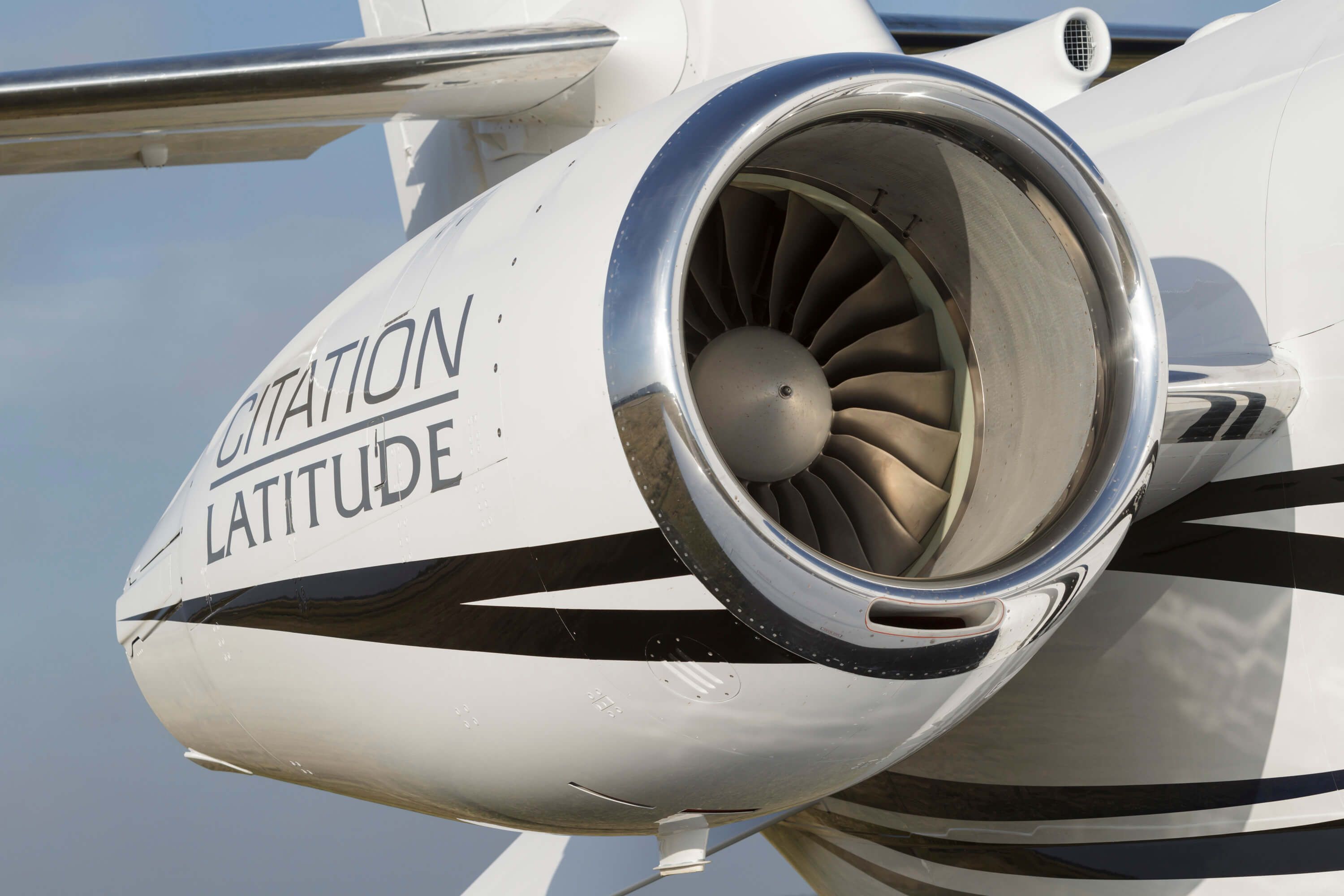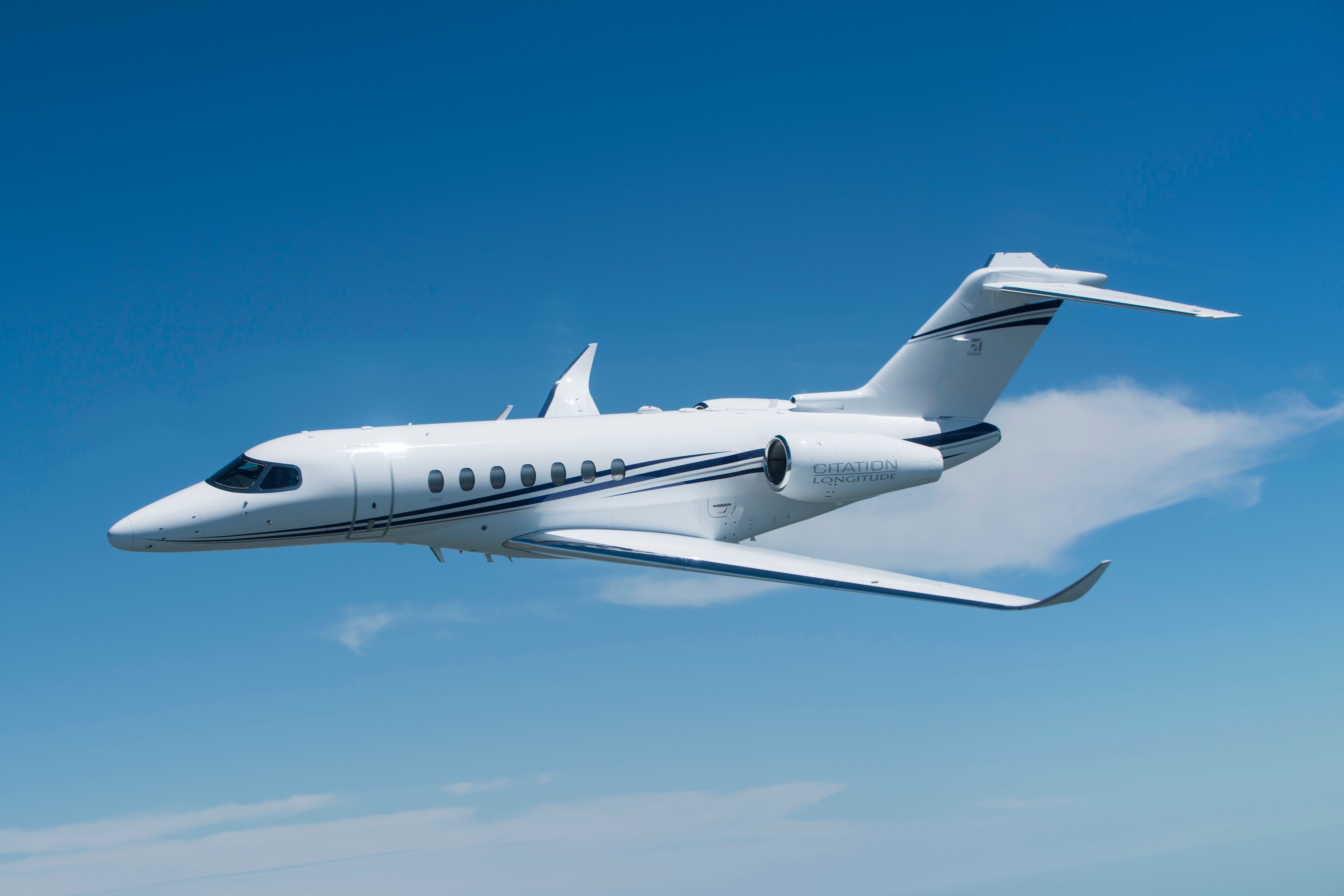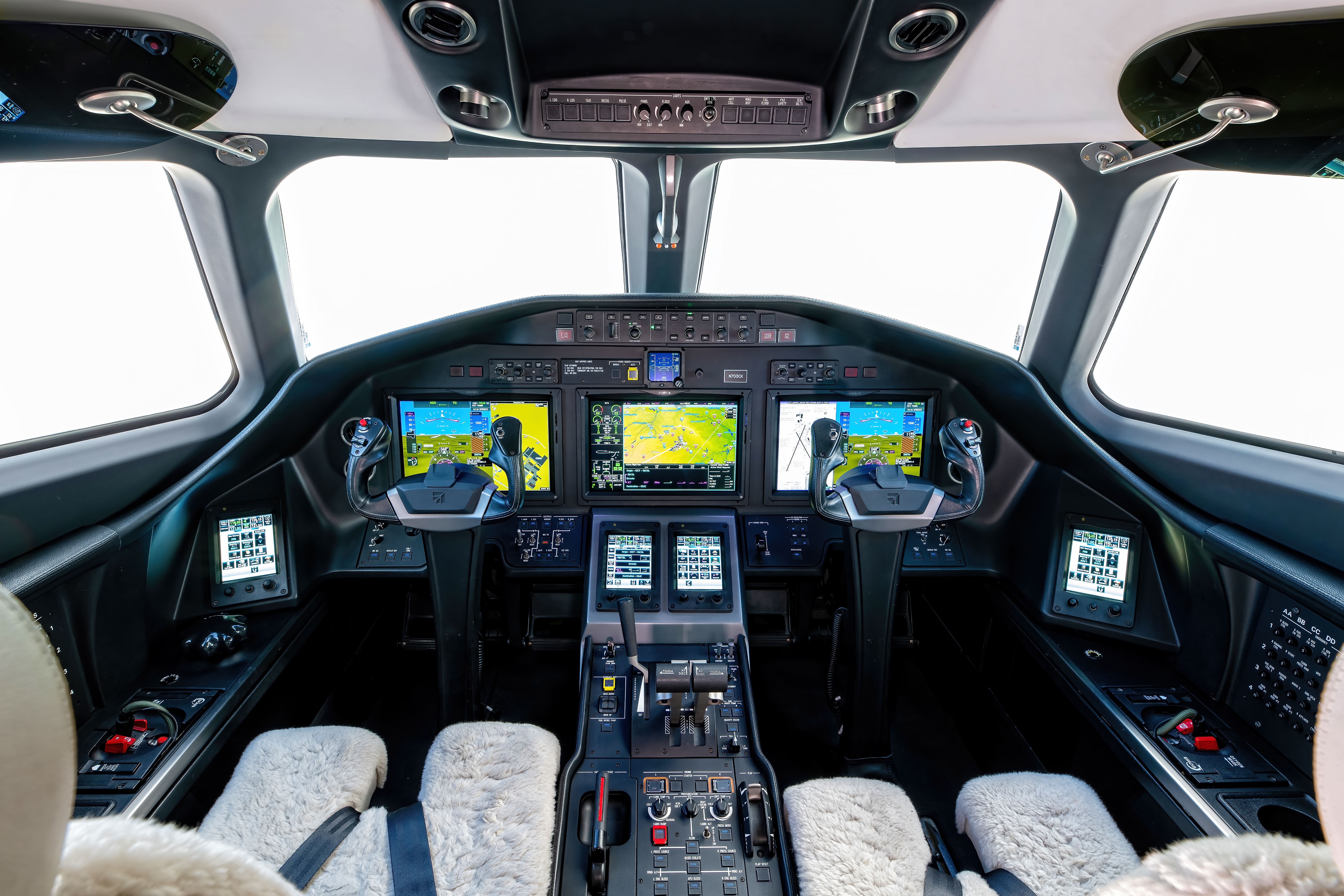Summary
- The Cessna Citation family includes a variety of aircraft with models like CJ, Latitude, and Longitude.
- The Citation series began with Citation I in 1972, leading to upgrades like CJ1, CJ2, +.
- Longstanding success with over 44,000 Cessna 172 aircraft built and Citation Longitude offering max capacity and range.
Cessna is synonymous with general aviation aircraft, particularly with pilot training academies and training pilots. The company began producing small aircraft in the late 1920s. Several decades later, the Citation series began a new era of larger business jets at Cessna. Some of the jets in the Citation series remain in production after five decades.
The Cessna Citation series remains one of the most successful and highly regarded aircraft families with many different aircraft, variants and configurations. Cessna has operated under Textron Aviation since 2014 and offers the CItationJet, Citation XLS, Citation Latitude, and Citation Longitude. Simple Flying delves deeper into the Cessna Citation family’s major variants.
Cessna’s early days
The Cessna Aircraft Company was established in 1927 in Kansas, initially known as the Cessna-Roos Aircraft Company after its two founders. Its early aircraft included the DC-6 (launched in 1929) and the C-37 seaplane (in 1937).
Although it suffered problems during the Great Depression and the Second World War, aircraft production boomed from the late 1940s. The company began producing small all-metal aircraft and launched popular models, including the Cessna 120 and Cessna 140, over the next few years. It introduced the popular Cessna 172 in 1956. This remains in production today and is the most delivered aircraft, with over 44,000 aircraft built.
Cessna soon moved into larger business aircraft as well. It launched the Citation series in 1972, and production has continued until today through several variants. The Citation series was motivated by the early success of competing offerings of light and low-cost business jets from other manufacturers, including Learjet.
Citation I – entering service in 1972
Cessna’s first Citation jet was the Citation I. It first flew on September 15th, 1969. It was initially referred to as the Fanjet 500 and then the 500 Citation. The Citation I branding was introduced in 1971 when upgrades were made. This first jet used Pratt & Whitney JT15D-1 turbofan engines. Cessna delivered 688 Citation I aircraft, with production continuing until 1985.
Citation II
Cessna built on the success of the Citation I with a stretched and upgraded Citation II. The initial variant, also known as the Cessna Model 550, first flew in January 1977 and was certified in March 1978.
The Citation II kept the same Pratt & Whitney JT15D engines. However, Cessna increased the wingspan, stretched the fuselage, and increased passenger capacity from five to ten.
The aircraft was further improved as the Citation Bravo in 1997. This kept the same fuselage and design as the Citation II but switched to newer Pratt & Whitney PW530A engines and upgraded avionics and interiors.
Together with the Bravo, production of the Citation II continued until 2006, with well over 1,100 aircraft delivered.
Citation III, VI and VIII
The next upgrade came quickly after the Citation II. The Citation III, also known as Cessna Model 650, was announced in 1976 (before the Citation II even flew), first flown in May 1979, and certified in April 1982. The focus of this variant was to increase the range to allow transatlantic operations, but this ultimately was not achieved (it was increased around 600 kilometers over Citation II, though). It was initially planned as a three-engine tri-jet but switched during development to twin engines, with two Garett TFE731 turbofan engines.
The Citation III can carry up to nine passengers. A stretched Citation IV variant was planned but not developed. Instead, Cessna launched two other variants based on the Citation III to suit market demand at the time. The Citation VI was a lower-cost variant with a simpler interior. The Citation VII offered improved performance and range with higher thrust engines. It also allowed for more customizable and luxurious interiors.
Only 360 of this series were built (from 1983 to 2000), but much of the design, including the fuselage cross-section and cockpit, was kept for several subsequent variants.
Citation V and Citation Ultra
Citation Ultra specifications
- Length: 48 ft 11 in (14.9 m)
- Wingspan: 52 ft 2 in (15.9 m)
- Height: 15 ft 0 in (4.6 m)
- Max takeoff weight: 16,300 lb (7,394 kg)
- Cabin length: 17.4 ft (5.3 m)
- Cabin height × width: 4.8 ft × 4.9 ft (1.5 × 1.5 m)
- Powerplant: 2 × Pratt & Whitney Canada JT15D-5D turbofans,
- Thrust per engine: 3,045 lbf (13.54 kN)
- Maximum speed: Mach 0.755
- Cruise speed: 420–430 kn (480–490 mph, 780–800 km/h)
- Range: 1,960 NM (2,260 mi, 3,630 km)
The Citation V is a stretched upgrade to the Citation II, with a capacity of up to 11 passengers. It was certified in December 1988. It used the more powerful Pratt & Whitney JT15D5A engines. The Citation Ultra upgrade followed in June 1994, with Pratt & Whitney JT15D5D engines and upgraded avionics. There was also a US military version of Citation V (UC-35A). Nearly 800 aircraft were delivered up to 2011.
CitationJet
Up to now, most variants have improved through more powerful engines and improved economics. The CitationJet was a clean sheet development, motivated by the continued popularity of the Citation I. Production had ended. However, there was still a market for a light, low-cost jet to replace it. The CitationJet introduced a new carry-through section, wing, and T-tail. Lower-priced and lower-thrust Williams FJ44 engines were used.
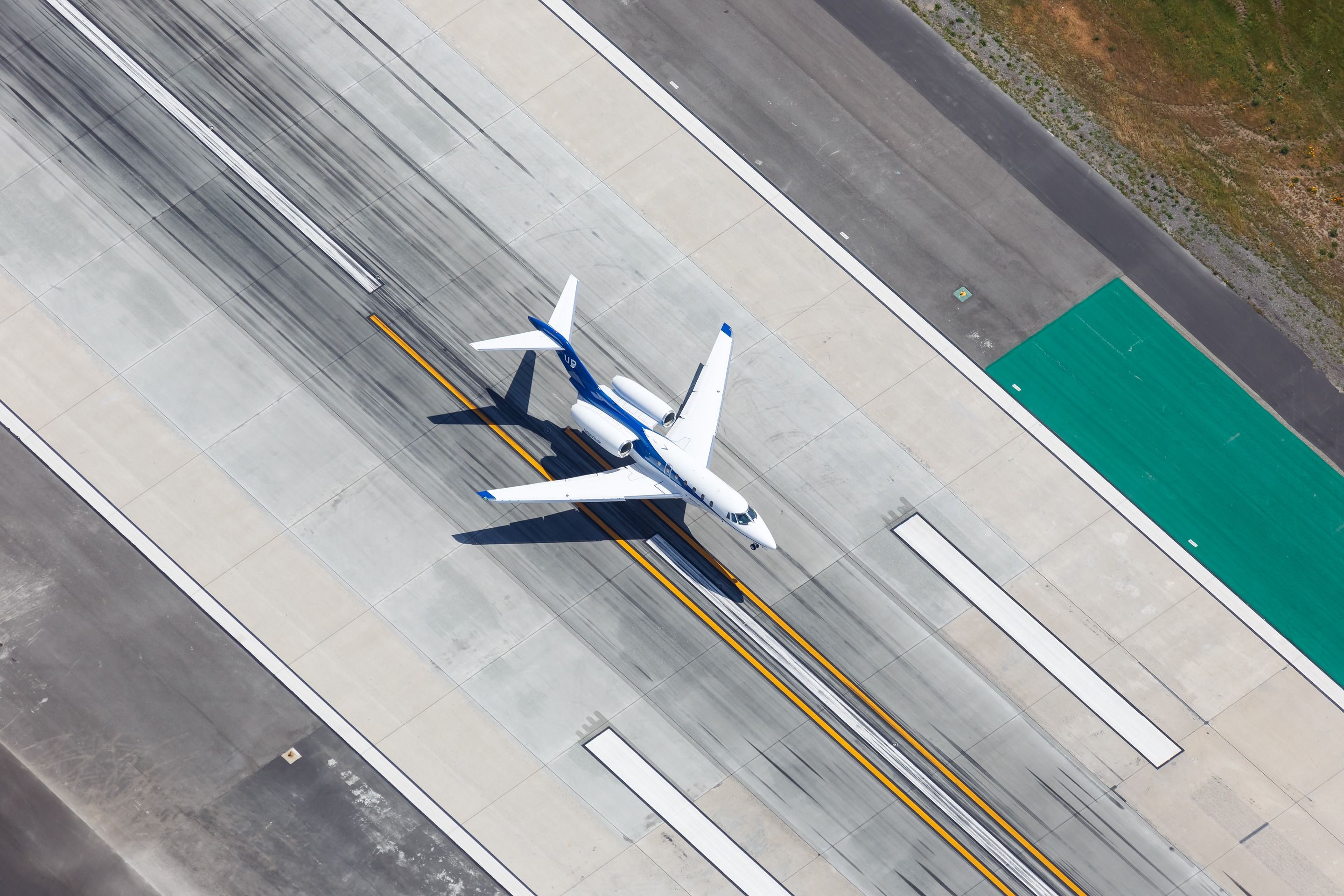
Related
5 Cool Things On The Cessna Citation X Private Jet
Over 300 Citation Xs have been produced by Cessna.
The first CitationJet was the CJ1, with certification in 1992 and delivery in March 1993. This was supplemented with the stretched CJ2, CJ3, and CJ4 from 2000 to 2017. These have improved range and increased passenger capacity (up to 10 for the CJ4).
Photo: Textron Aviation
Each CitationJet has an enhanced version (the CJ2+, CJ3+, and CJ4+), offering upgraded avionics and improved interior features. The CitationJet series remains in production, with over 2,000 aircraft being delivered.
Photo: Textron Aviation
Citation X
The Citation X was first announced in 1990 as a rebranding and improvement on the Citation’s earlier Citations III, VI, and VII. It first flew in 1993 and entered service in July 1996.
Primarily, it focused on increasing speed and improving cabin interiors. It was a new design. The fuselage was redesigned to reduce drag, and the wing was relocated below the fuselage, allowing a full-height cabin. It was the first Citation jet to use Rolls-Royce engines, powered by two Rolls-Royce AE 3007C engines.
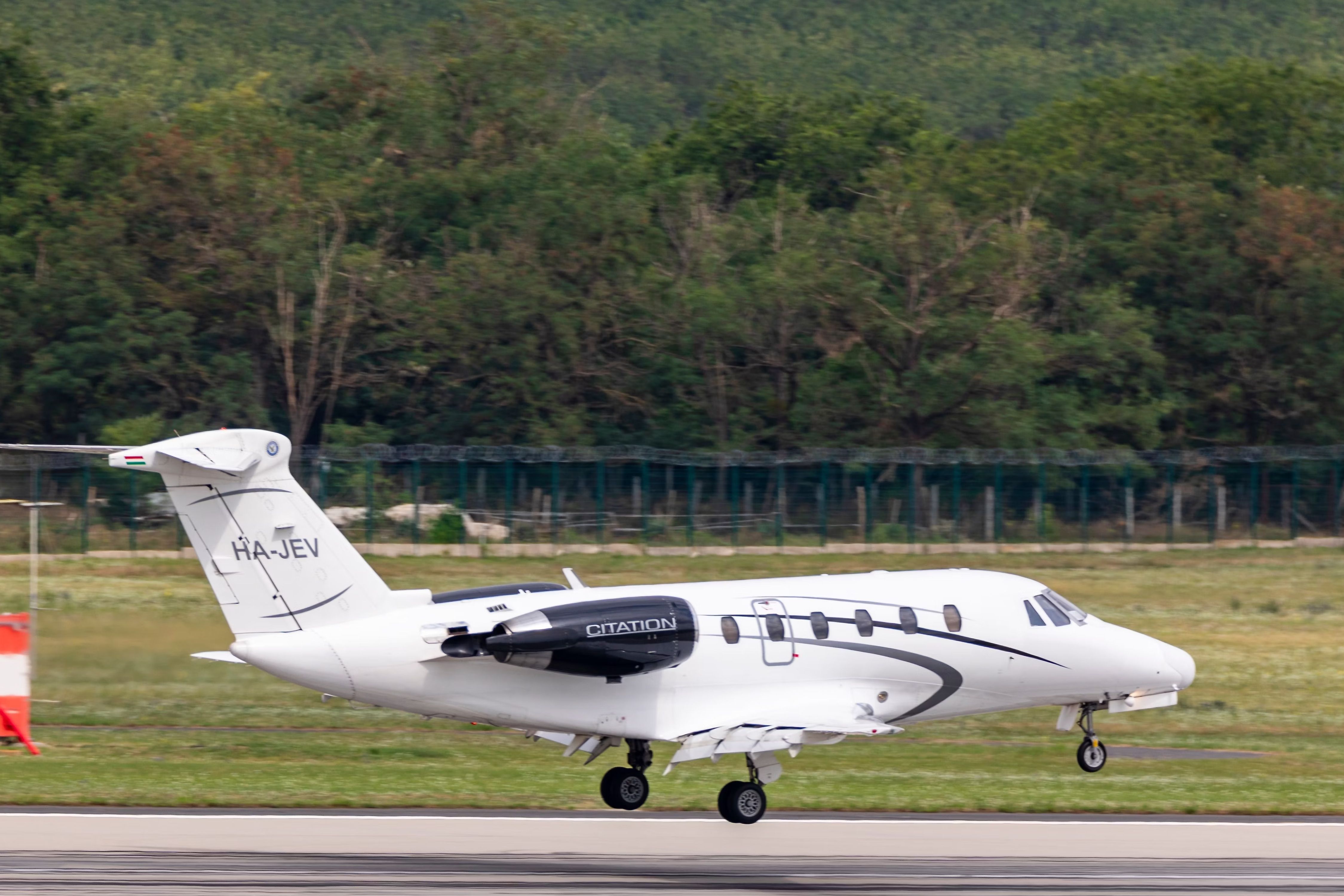
Related
Top 5 Cessna Citation Jets Ranked By Speed
A collection of impressive jets from a renowned family of aircraft.
Citation X+ followed in 2010. This used upgraded Rolls-Royce AE 3007C2 engines and new avionics, including a heads-up display. In total, 339 Citation X and X+ aircraft were delivered up to 2018.
Citation Excel
As highlighted by Textron Aviation, the Citation Excel was a modified variant of the Citation X. Still, it targeted a different market with a lower speed and a reduced capacity of nine passengers. It first flew in 1996 and was certified in April 1998.
It used Pratt & Whitney PWC545C engines and was based on a shortened version of the Citation X fuselage. The Citation XLS followed in 2008 with upgraded Pratt & Whitney engines.
Cessna’s assessment of the popularity of such a thing was certainly right. The Citation XLS remains in production; over 1000 Excel and XLS aircraft have been delivered.
Citation Sovereign
The Citation Sovereign further redesigns the popular Citation X fuselage and low-wing design. It is further stretched than Excel, taking capacity to 11. It also uses the more powerful Pratt & Whitney PW545C engines. It offers a range much closer to that of the Citation X. Over 400 Sovereigns were delivered in 2021, many of them operated in the US by Netjets.
Citation Mustang
The Mustang is a light business jet introduced in 2006. It targeted the smaller end of the market, with a passenger capacity of just four to five and reduced-power Pratt & Whitney turbofans. Over 400 Mustangs were delivered (up to 2017), but they were ultimately overtaken by Cessna’s light CitationJet family.
Citation Latitude and Longitude
|
Model |
Length |
Wingspan |
Capacity |
MTOW |
Cruise speed |
Range |
Engines |
Thrust |
|---|---|---|---|---|---|---|---|---|
|
525 Citation M2 |
42 ft 7 in (12.98 m) |
47 ft 3 in (14.40 m) |
7 |
10,800 lb (4,900 kg) |
404 knots (748 km/h) |
1,540 NM (2,850 km) |
2x FJ44-1AP-21 |
3,930 lbf (17.5 kN) |
|
525 Citation CJ3+ |
51 ft 2 in (15.60 m) |
53 ft 4 in (16.26 m) |
9 |
13,870 lb (6,290 kg) |
416 knots (770 km/h) |
2,040 NM (3,780 km) |
2x FJ44-3A |
5,640 lbf (25.1 kN) |
|
525 Citation CJ4 |
53 ft 4 in (16.26 m) |
50 ft 10 in (15.49 m) |
10 |
17,110 lb (7,760 kg) |
451 knots (835 km/h) |
2,170 NM (4,020 km) |
2x FJ44-4A |
7,242 lbf (32.21 kN) |
|
560XL Citation XLS+ |
52 ft 6 in (16.00 m) |
56 ft 4 in (17.17 m) |
9 |
20,200 lb (9,200 kg) |
441 knots (817 km/h) |
2,100 NM (3,900 km) |
2x PW545C |
8,238 lbf (36.64 kN) |
|
680A Citation Latitude |
62 ft 3 in (18.97 m) |
72 ft 4 in (22.05 m) |
9 |
30,800 lb (14,000 kg) |
446 knots (826 km/h) |
2,850 NM (5,280 km) |
2x PW306D1 |
11,814 lbf (52.55 kN) |
|
700 Citation Longitude |
73 ft 2 in (22.30 m) |
68 ft 11 in (21.01 m) |
12 |
39,500 lb (17,917 kg) |
476 knots (882 km/h) |
3,500 NM (6,482 km) |
2x HTF7700L |
15,200 lbf (68 kN) |
The Citation Latitude was a newly designed jet introduced in 2014. Specification and price-wise, it fits somewhere between the XLS and the Sovereign. The Latitude uses Pratt & Whitney Canada PW306D turbofans and has a newly designed circular fuselage, allowing passengers to stand up.
Photo: Textron Aviation
The Citation Longitude is a follow-on variant of the Lattiutde, launched only in 2019. This keeps the same circular fuselage, stretched to increase capacity to 12 and range to over 6,000 kilometers. It also has a new wing design, with winglets and Honeywell HTF7000 turbofan engines. According to Textron Aviation,
“The Cessna® Citation Longitude® aircraft was designed with your business and return on investment in mind: transatlantic range, advanced engineering and an unforgettable cabin experience all come together with the lowest direct operating costs of any super-midsize jet. Simply put: this aircraft delivers the reliability and efficiency you need to maximize the value of every mission. Take control of your most valuable asset and see how far you can go with the Citation Longitude® super-midsize jet.”
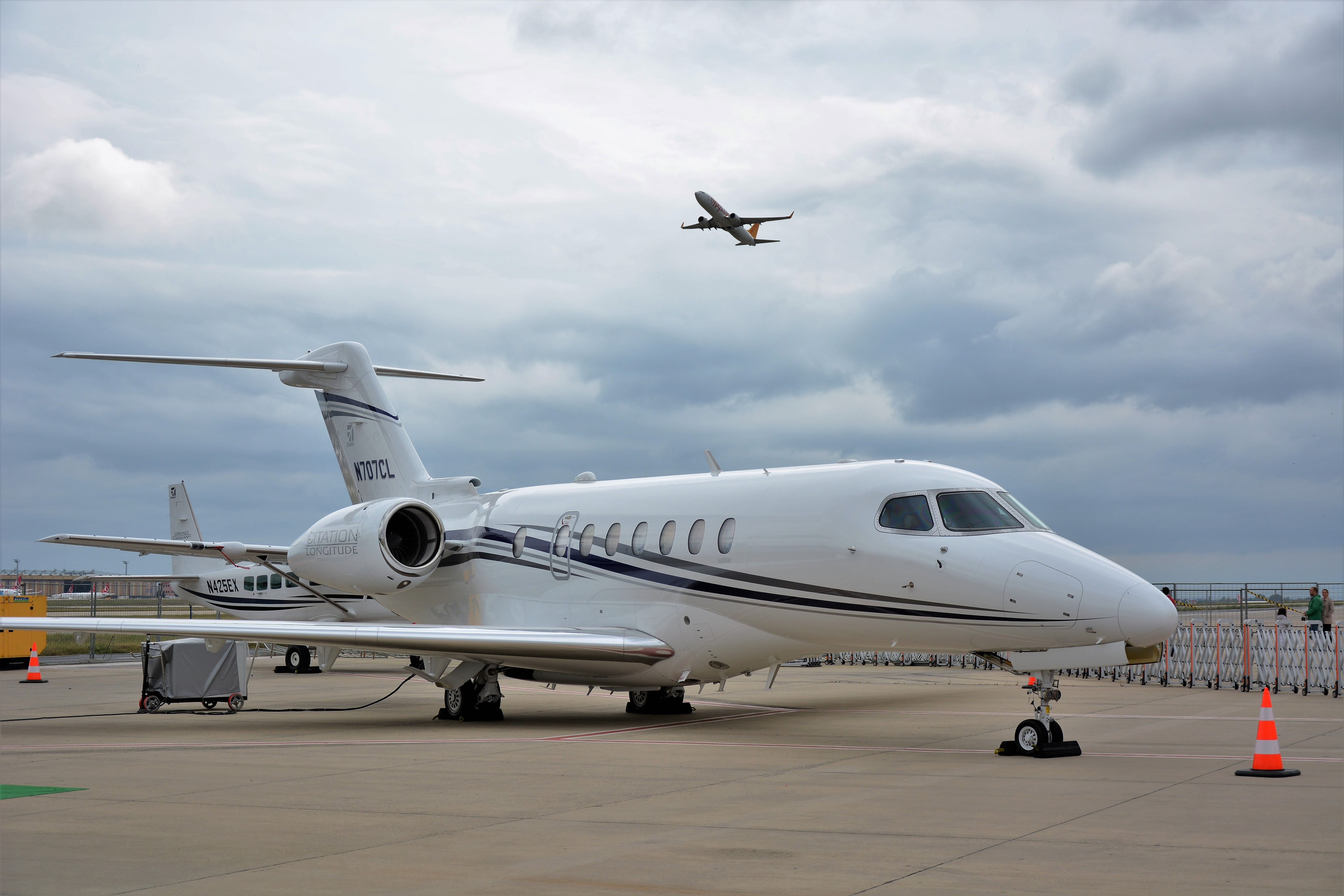
Related
How Much Does A Cessna Citation Longitude Cost?
The price of Cessna Citation Longitude is on par with the competition.
Photo: Cessna
Looking forward, the next variant in the series is the Citation Hemisphere. This keeps the same maximum capacity as the Longitude of 12 passengers but with a wider cabin. It can travel up to over 8,000 km – the furthest of any Citation jet. However, the development of the Hemisphere has been delayed since 2019 due to issues with the selected Safran Silvercrest engines.
Photo: Cessna | Textron Aviation
Citation Ascend
The newest edition to the Citation family will be Ascend, which is expected to enter service in 2025. Revealed during the 2023 European Business Aviation Convention & Exhibition (EBACE), the Ascend is a super midsized jet capable of accommodating 12 passengers and flying a range of up to 1,900 NM (3,500 km), with a cruise speed of 441 knots (817 km/h). Textron Aviation states,
“Introducing the Cessna® Citation Ascend™ jet. Step into the future of business innovation. The pinnacle of efficiency and productivity. Every detail considered and designed to take your business further. To transcend the extraordinary, first you must ascend.”
Have you flown on any of the Cessna Citation jets? Feel free to share your experiences of the different variants in the comments. There is much more to discuss regarding aircraft specifications, markets, and typical uses.


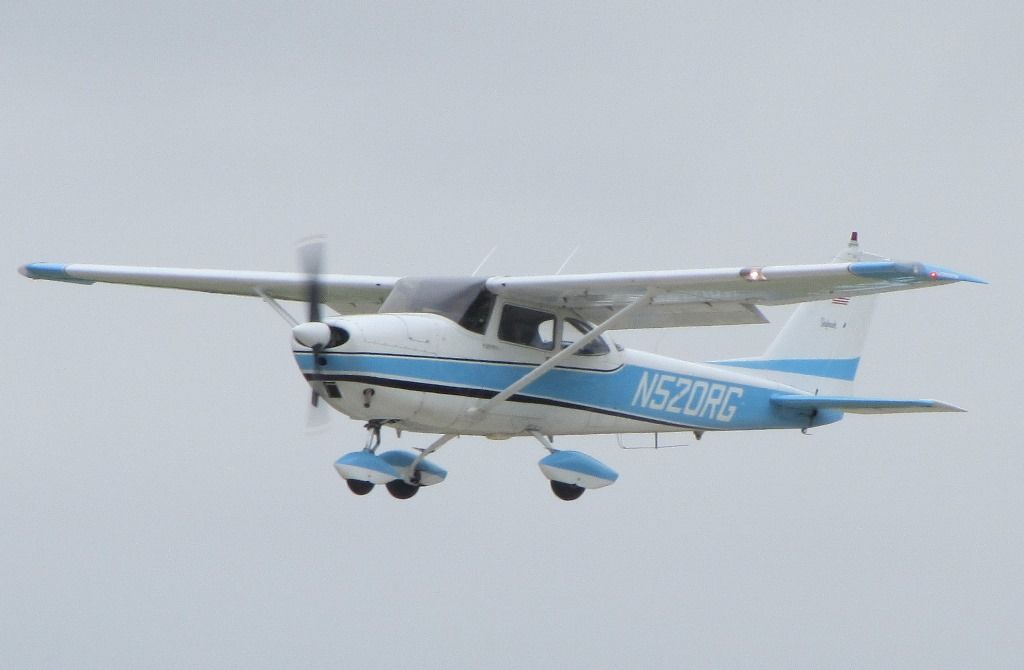
_(2)_(cropped).jpg)
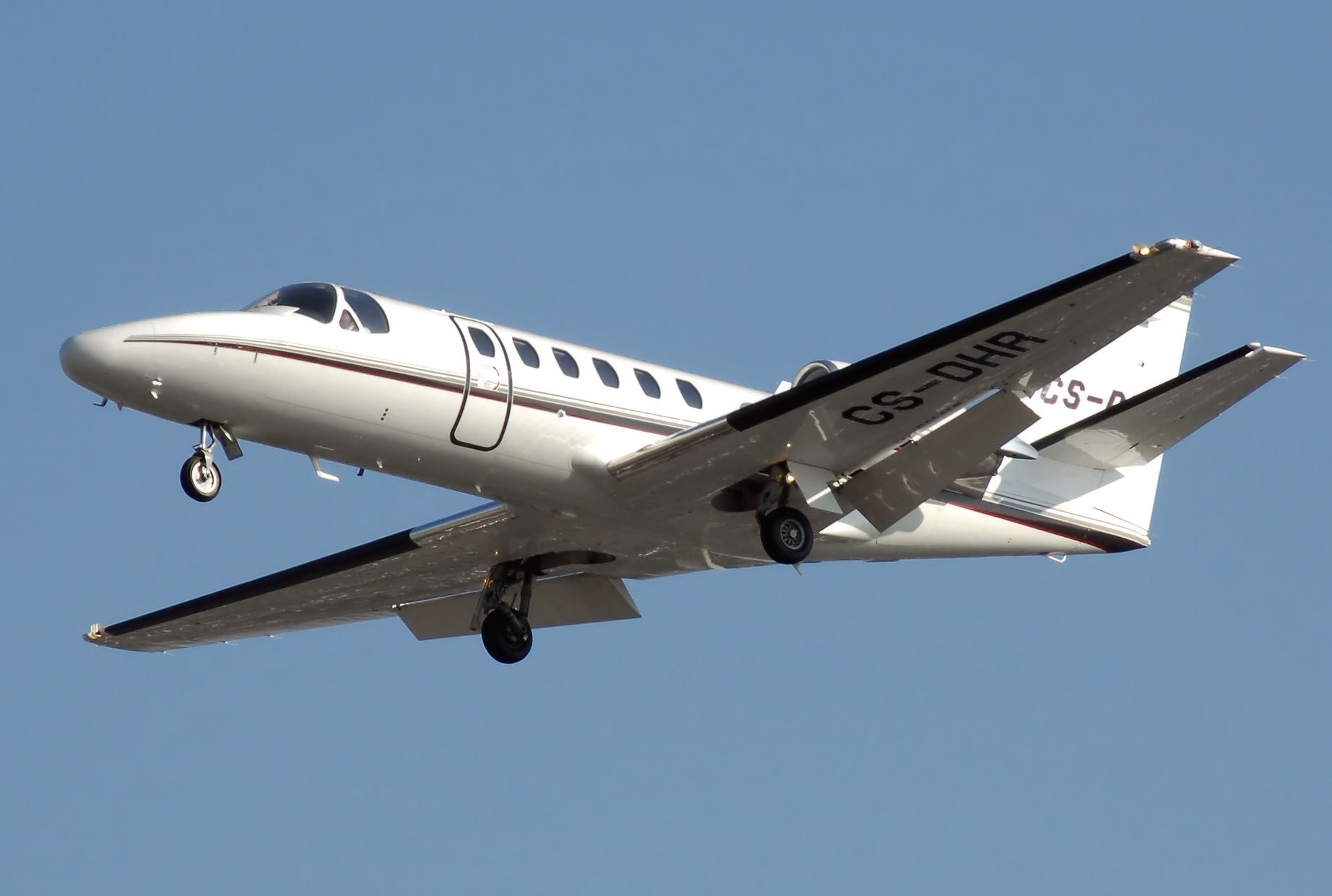
_(cropped).jpg)
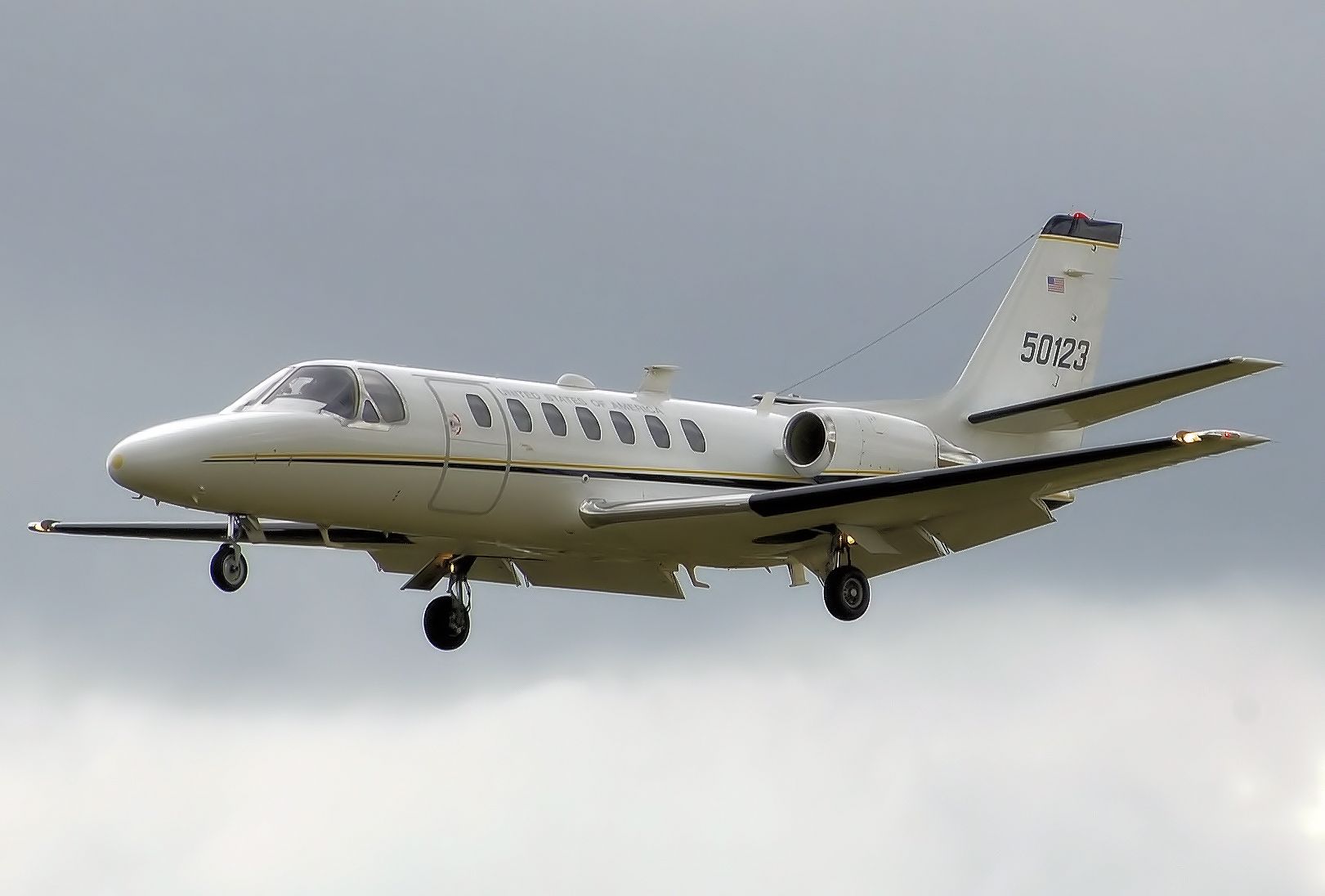
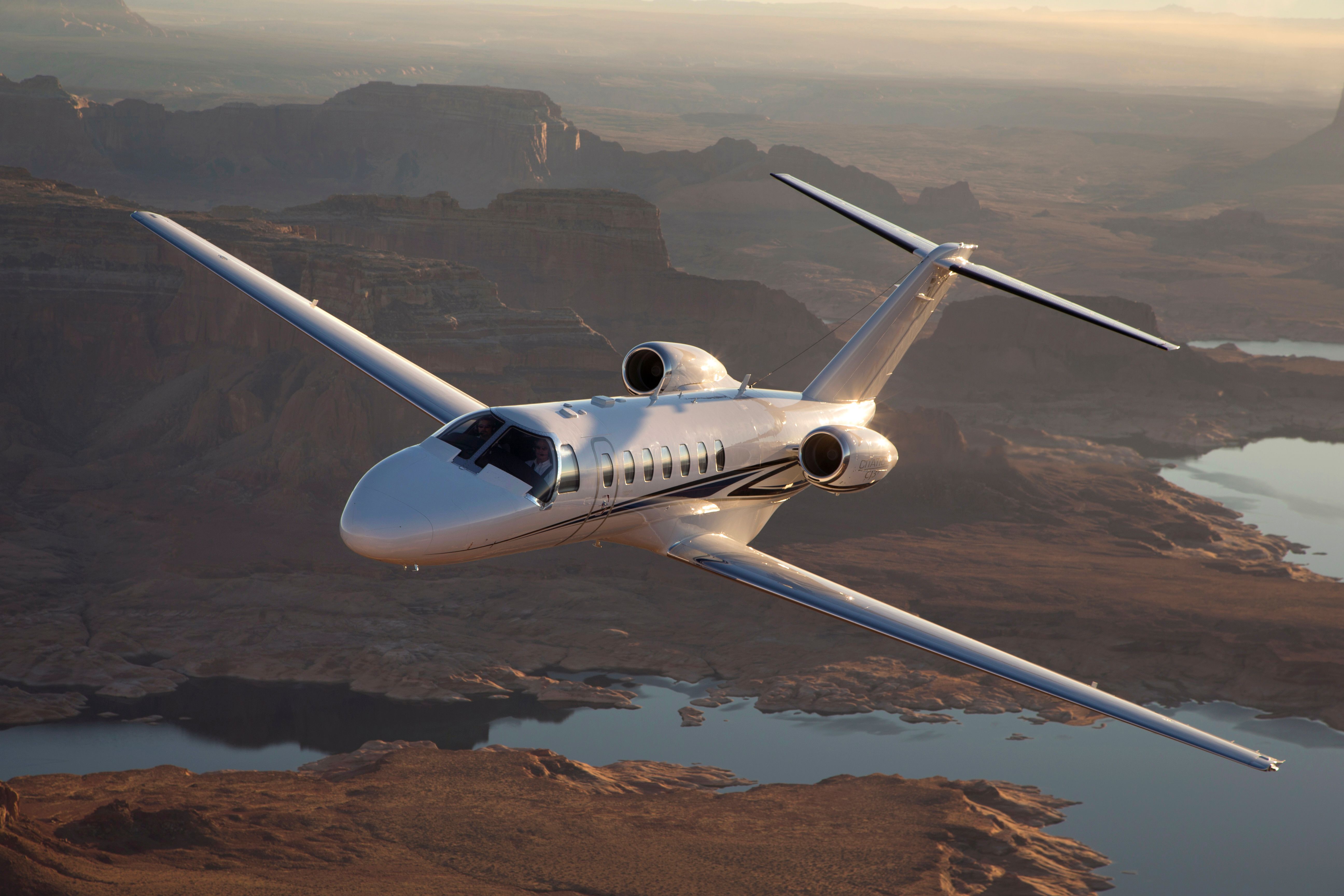
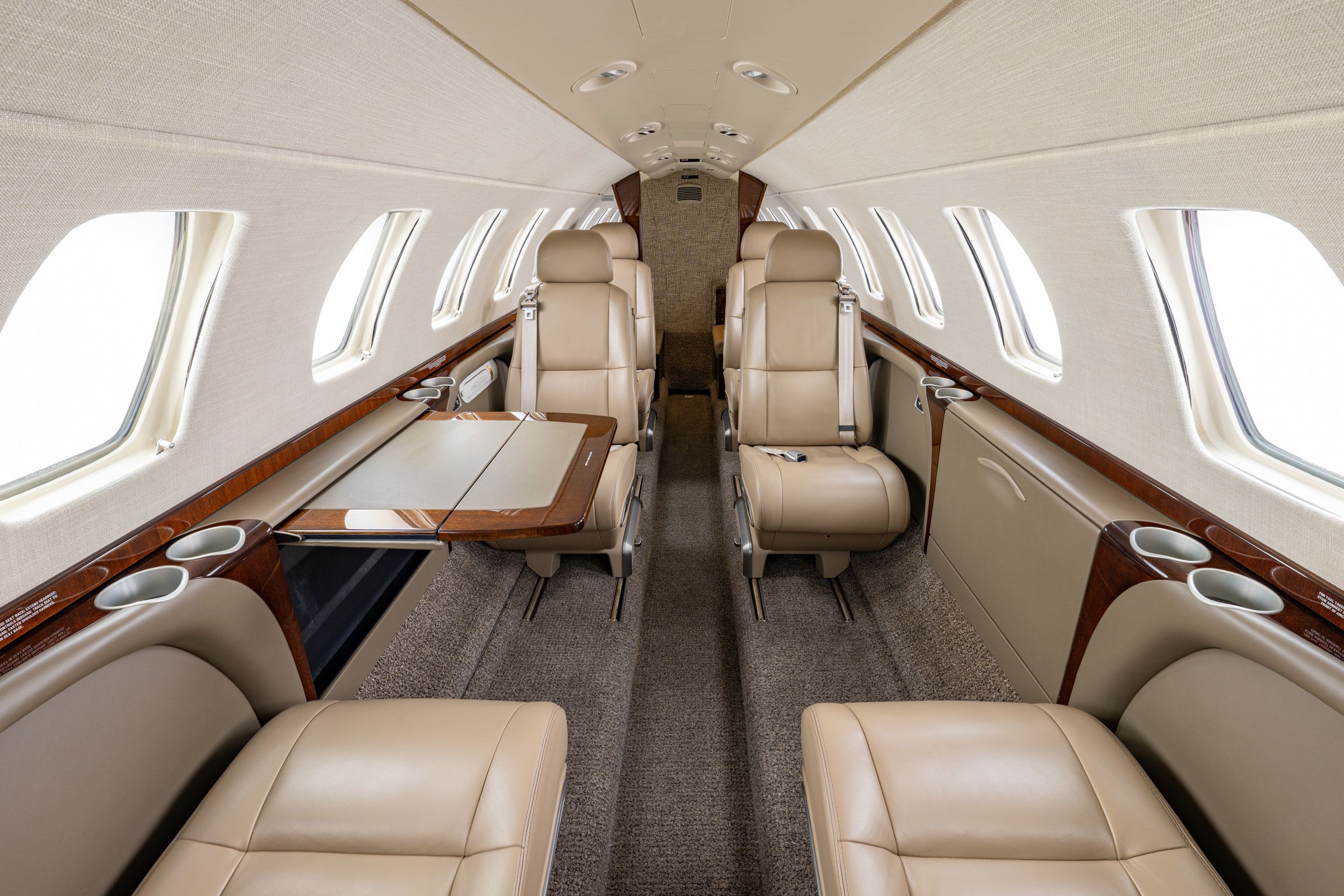
.jpg)
.jpg)
